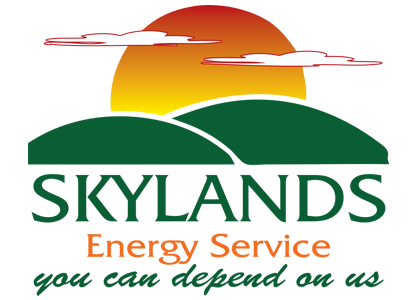Updated: April 24, 2023

Oil-powered heating systems use fuel oil tanks for fuel storage and security. This works well, but there are some aspects you need to keep an eye on. There are times when water can get inside the heating oil tank, resulting in issues like oil tank condensation. Although it is a common issue, fortunately, it can be prevented.
Oil Tank Condensation: What You Need To Know
Table of Contents
Read on to learn more about oil tank condensation and what you can do to keep it from happening.
How & Why Water Gets Into Your Home Oil Tank
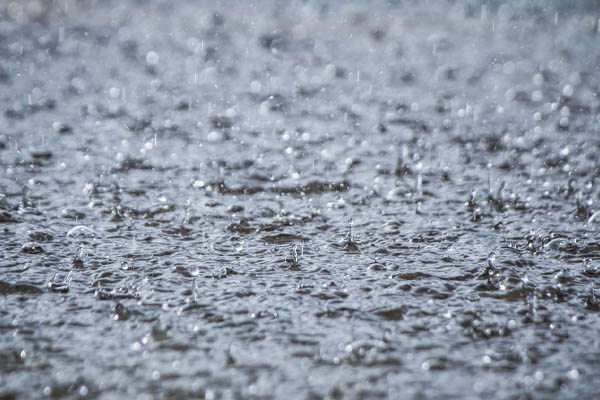
Water can be found in nature everywhere. It can also have various forms. Water can make its way into your tank slowly as time passes. You can better prevent a recurrence by determining how the water is getting inside your oil tank.
- Rainwater: The tank is exposed to rainwater if it is positioned outside. Water is tenacious and can get in tight spaces and narrow openings, such as loose lids and caps. Tanks located near your home are likely to be affected when your gutter overflows. Old oil tanks may have weak areas, such as damaged seals and cracked walls.
- Condensation: Condensation is always a threat regardless of where the tank is. The air vents can pull moist air from the outside to the inside. Water vapor can condense into a liquid if the interior has a low enough temperature. As a result, droplets can form in the interior walls of the tank and eventually drop to the bottom. It is not a major issue to have a few water drops, but the condensation tends to worsen as time passes if nothing is done about it.
- Groundwater: Water can also get inside underground oil tanks through holes around them. This is concerning because this doesn’t only entail water getting inside the tank as oil also leaks and contaminates the soil. Professional assistance is required for any form of damage in your underground tank.
What Happens If Water Gets into My Heating Oil Tank?
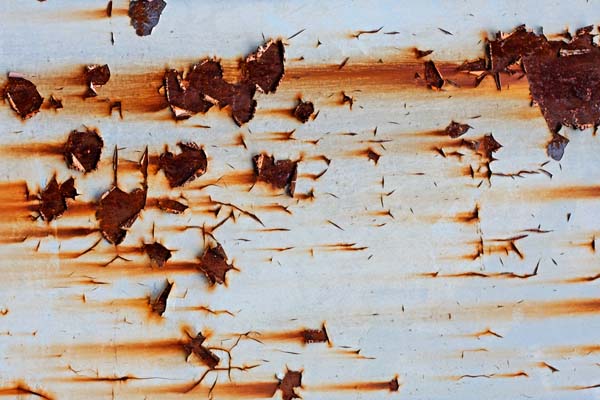
Oil floats on water, so they are difficult to detect through observation only. This is even more of a challenge when you have an underground tank as it is inaccessible. Many cases have the water remaining undetected for extended periods. It only becomes apparent when symptoms start to emerge.
It is better to be proactive to prevent water from getting inside your tank than to deal with the damage it can cause. Regular checkups and maintenance can save you from a lot of trouble. Routine checks include using a water-finding paste that is placed at the bottom where the water likely settles. Make sure to check the manufacturer’s recommended paste or consult a heating oil professional. If the paste changes color, it means there is water. The immediate attention of a heating oil expert is needed when there are large amounts of water in the tank.
Preventing Heating Oil Tank Condensation
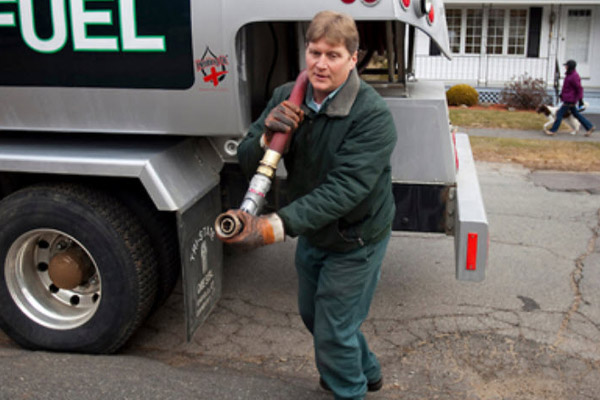
Now that you know how water can get into your tank, you can prevent more water from getting into the oil tank. Here are several strategies you can do:
- Check the Heating Oil Tank: Regularly check the outside of the tank for any signs of damage, including perforations, paint chips, and rust. Ensure that all caps and lids are closed. If not, screw them tightly.
- Test for Water: A visual check won’t reveal everything, so you should test the water periodically. Use a water-finding paste so you can reach the bottom of the tank. If you have an underground tank, you can test for soil contamination instead.
- Protect The Fuel Oil Tank from Heat: Ensure that the new tank is installed under a shade. Paint the tank exterior with light reflective paint color to ensure heat protection. This will lessen the condensation in the tank that happens due to large fluctuations in temperature outside your tank.
- Keep Your Home Oil Tank Full: Letting the fuel get to extremely low levels lets moist air get inside. This means that the chances of condensation increase. Call for oil delivery before this occurs. Ensure that the tank is full in both the heating season and the off-season.
- Call the Pros: Professionals can check your oil tank and conduct old tank replacements when needed. Additionally, they can make suggestions on the best placement to ensure long service life.
Oil Tank Health During Warmer Weather
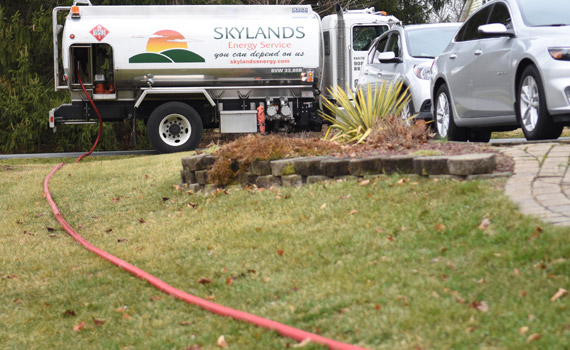
It is vital to consider your oil tank as the weather warms up. To ensure a healthy oil tank during the inactive period of the non-heating season, keep your oil tank full, particularly if you have an above-ground storage tank. A full oil tank means that there is less air in the tank to interface with the product. After all, it is the combination of air and heating oil that promotes bacterial growth, resulting in tank-bottom sediment.
Bacterial growth in an oil tank is caused by temperature fluctuations. The fuel oil in the tank heats and cools at a slower rate than the air in the tank, a common occurrence during the hot and cold temperature deviations of summer. By keeping your tank full, you can reduce condensation from forming on the inside of the tank. As mentioned above, the condensation inside of the tank settles to the bottom of the tank as water. The presence of bacteria and water inside of the tank increases the corrosion of metals, the material that composes most heating oil tanks. Therefore, as a preventative, keep your oil tank full during the off-season.
Skylands Energy Services blends additives into all of our delivered fuel which fights bacterial growth and moisture [water]. A full tank means greater additive performance. With this, you can keep your oil tank healthy and in good condition.
How A Professional Removes Water From Your Oil Tank
Sometimes, professionals test the amount of water in the tank by conducting moisture tests. A positive result means you need to remove the standing water. This can be done in one of three methods. Leave it in the hands of a professional. Here are several ways a professional can do it, depending on the situation.
- Drain: Metal tanks are fitted with a valve at the bottom. A professional can open the valve to let the water flow out. Some oil may run out at times, and a professional will collect it and dispose of it properly.
- Pump: Plastic tanks aren’t equipped with a valve, so you need to use a hand pump to remove small amounts of water. It isn’t enough to get rid of a large volume of water. Therefore, you need to call the professionals.
- Absorb: A professional may place a water-absorbent sock in the tank to stop water from setting at the bottom. The sock requires replacing every few months. The old socks need to be disposed of carefully. They can also use an alcohol-based dispersant.
Potential Damages of Not Removing Water From Your Oil Tank
Here are the likely consequences your oil tank may incur if you do not remove the water in it:
- Oil Tank Rust: Homeowners may think it is harmless to have water in their tank, so they ignore it. However, this can cause heating system damage after some time. For instance, water can cause the oil tank walls to corrode. Most steel heating oil tanks rust from their interior. It may seem to be fine on the outside, but it is corroding on the inside. This weakens the cylinder’s walls, which can be problematic down the line. It can cause the performance and efficiency of the system to decline.
- Freezing: Oil has a low freezing point, so it can sit in the cold without any problem. However, it is not the same with water, as it will freeze when the temperature plummets to 32 degrees Fahrenheit or 0 degrees Celsius. This commonly happens in some regions. If there is water in the tank, it can freeze and block the oil supply pipes. As a result, the system will fail when you need heating the most.
- Bacteria: Bacteria grow in moist environments. The presence of water in oil tanks means that these microorganisms will thrive in them. They can become sludge that settles at the bottom of the tank. They can emit an acid that quickens the corrosion of the tank, fuel lines, burners, and filters. This can result in big problems down the line.
Economic Reasons To Consider Filling Up Now
No one wants to spend their hard-earned money on fuel. Fortunately, the heating oil prices are in the bottom ¼ of what we’ve seen the past year. It is important to note that production cuts of over 1 million barrels per day by the Organization of the Petroleum Exporting Countries (OPEC) begin in May. Goldman Saks and others now forecast that it will cost $95/barrel of crude oil in the 3rd & 4th qtr of 2023. What does this mean for you as an oil-heat consumer? You may pay higher prices for your home heating oil this fall. Therefore, save yourself a buck and take advantage of the current lower prices of oil. Not only will you reduce your energy costs by filling up now, but you will also have the security of beginning the next heating season with a full tank of oil, delaying any heating bills later into the season.
Conclusion
Water should never be found in an oil tank. Ensure that it does not get inside the tank to prevent damage and heating system issues. Follow these prevention tips and have professionals assist you with advanced cases.
Call Skylands Energy Service For Reliable Oil Deliveries
 Skylands Energy Service offers reliable and affordable heating oil delivery services throughout Central New Jersey. We have many delivery plans and financing options available to meet your needs.
Skylands Energy Service offers reliable and affordable heating oil delivery services throughout Central New Jersey. We have many delivery plans and financing options available to meet your needs.
Likewise, our family-owned company has many different types of home comfort services. This includes heating oil delivery, on/off-road diesel delivery, plumbing services, heater repair, heating system maintenance, heater installations, and more. Be sure to give Skylands Energy Service a call today to see what we can do for you. All of our services come with a guarantee to ensure your satisfaction. Call now!
Contact us now at (908) 707-1776 to find out more!

